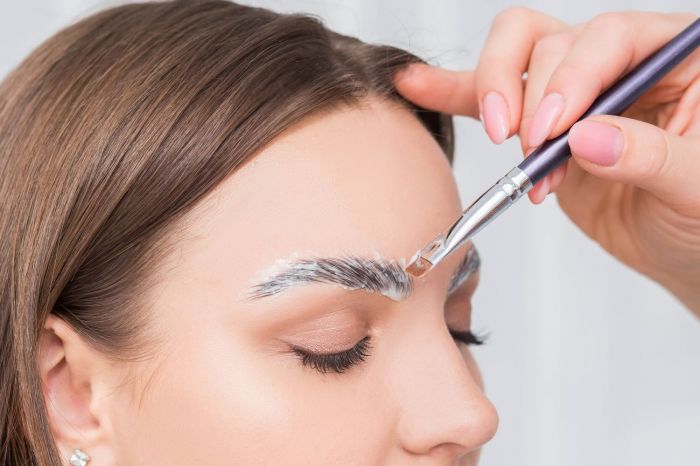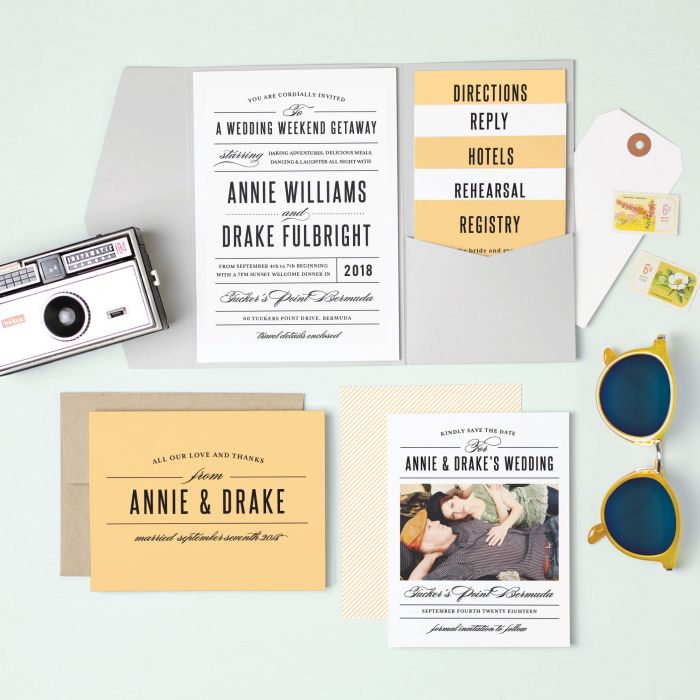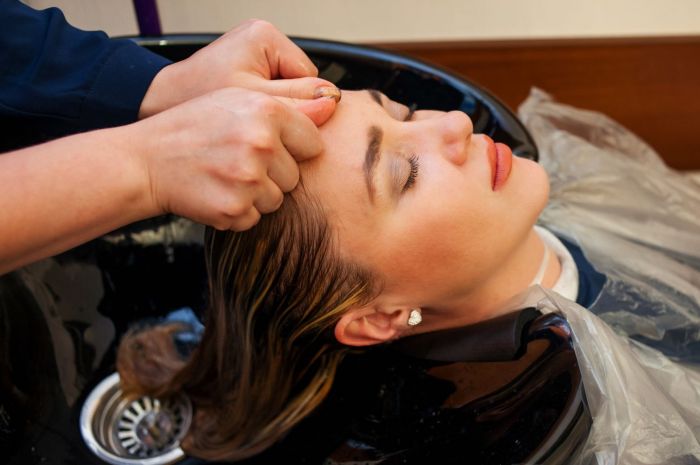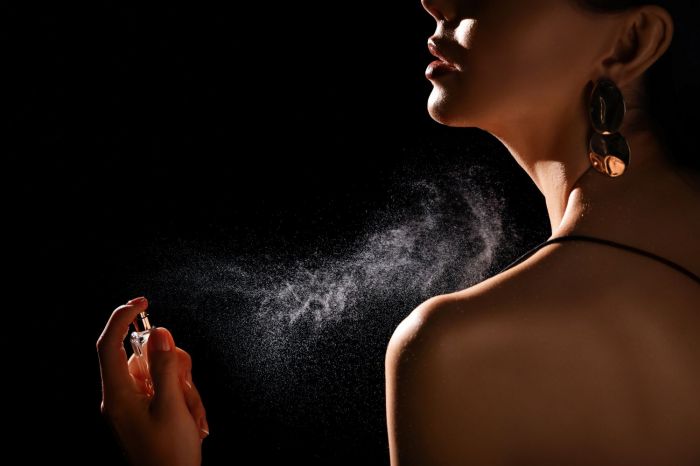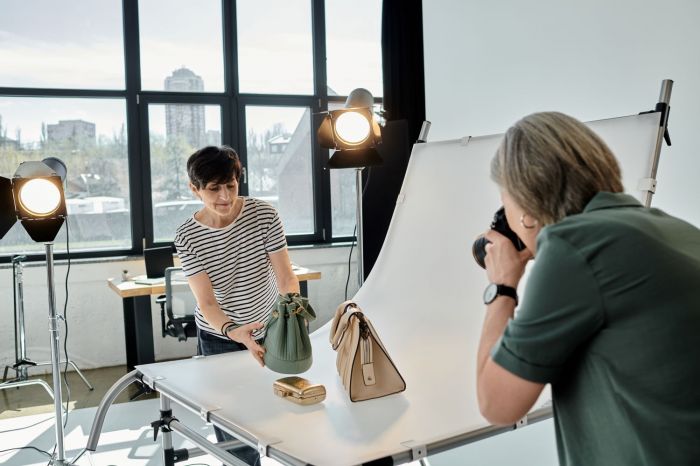
From high-end watches to designer handbags, the presentation of luxury goods defines their desirability for potential customers. Product photography is the art of capturing the visuals that appeal to your clients and transmit the idea of your brand to them, which is especially important for the lux-class items.
Knowing how to take the best product photos includes meticulous attention to detail, mastering basic principles of lighting, and applying the right instruments to bring out the best in every product, emphasizing its quality and making it appear irresistible.
Every element, from the background to the lighting, must be carefully planned to highlight the product’s premium nature. This guide will observe techniques and tips that will help you evoke emotions and convey the product’s value.
The Basic Tools
Look for a DSLR or mirrorless camera with a versatile lens that provides flexibility in framing. A macro lens is particularly useful for product photography because it allows photographers to showcase the most intricate details of the subjects. A tripod and a remote shutter speed eliminate camera shake, resulting in sharp and unblurry images.
A well-chosen backdrop can dramatically enhance the presentation of a luxury product. Consider photographing a high-end handbag. For this scenario, use a minimalist backdrop. Soft, neutral colors like ivory or light gray work best. They provide a smooth, clean canvas without unwanted distractions. Ensure the backdrop is free from any wrinkles or imperfections that could detract from the handbag’s elegance.
To further elevate the scene, you could add subtle props. Ensure they complement your goods without overpowering them. For example, placing the handbag on a sleek, modern pedestal can give it a sense of importance and sophistication. Experiment with additional accessories (glasses, gloves, etc.). They should be carefully chosen to match the brand’s aesthetic and enhance the main item’s luxurious appeal.
The post-processing stage is pivotal for product photography. Highlighting the item’s best features and eliminating minor imperfections will turn good photos into outstanding ones. Consider a scenario where you have photographed a diamond ring. The initial photo captures the ring’s details, but the lighting might not fully bring out the brilliance of the diamonds or the sheen of the metal. Post-shot enhancements result in a polished, professional look. Within a few clicks, you can make diamonds appear more brilliant and the metal more lustrous. This enhanced visual can make a significant impact on potential buyers. It will present the ring’s luxury and craftsmanship more effectively than the original photo.
The modern software market offers various options to help you achieve photographic perfection. For example, Aurora HDR software is a powerful tool that enhances your images by highlighting rich details and vibrant colors. It’s particularly effective for creating high-dynamic-range photos that capture the full spectrum of light and shadow.
Canva is another popular image-enhancing program that graphic designers love. However, this program’s capabilities are limited regarding photo retouching, especially when it comes to advanced techniques. That is why professional photographers seek Canva alternatives with more extensive toolkits.
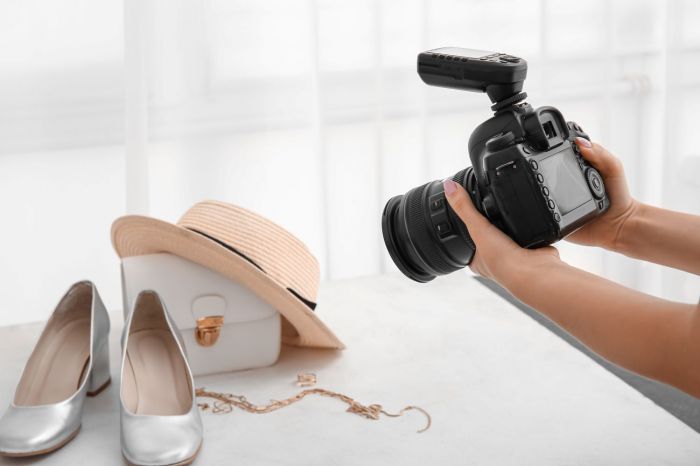
The Perfect Environment
Understanding how to stage product photos begins with mastering the two main aspects of photography: lighting and composition. Lighting is your main ally in showcasing the best features, textures, and colors of your goods. Soft natural light is perfect for realistic looks, but you cannot fully control it.
Product photography is usually performed in studio conditions, where every minor detail requires human interaction and precise control. That is why investing in lighting equipment is critical for this genre.
For instance, when photographing a luxury wristwatch, position a softbox at a 45-degree angle for a soft, even illumination. This setup helps highlight the watch’s details, such as the dial, hands, and band texture, without casting harsh shadows. To enhance the watch’s metallic surfaces and bring out its luster, place a reflector on the opposite side of the softbox to bounce light back onto the watch, filling in any shadows and adding a subtle shine.
Applying basic compositional principles like the rule of thirds or symmetric positioning can direct the viewer’s eye to the most important aspects of the goods. A balanced and aesthetically pleasing composition is crucial for conveying the idea of a high-class brand. For example, imagine photographing a luxury perfume bottle. Start by applying the rule of thirds and position your subject along one of the grid’s vertical lines, ideally at an intersection point. This is the position where the bottle will naturally draw the eye.
Arrange the product and any props in a way that looks natural yet deliberate. Pay attention to small details like dust or fingerprints. Remove them to avoid distractions from the overall quality. For instance, when photographing luxury jewelry, a dark, contrasting background can make the pieces pop, while subtle props like elegant fabric can add texture without distraction.
Conclusion
Luxury product photography is an art that combines technical skill with creative vision. Understanding how to stage product photos, mastering lighting techniques, and utilizing powerful editing tools can elevate your brand’s visual aesthetics and create a strong connection with potential buyers. Showcasing your goods effectively will boost your sales and help you maintain a sustainable reputation. Embrace the art of illumination and watch your products shine.











